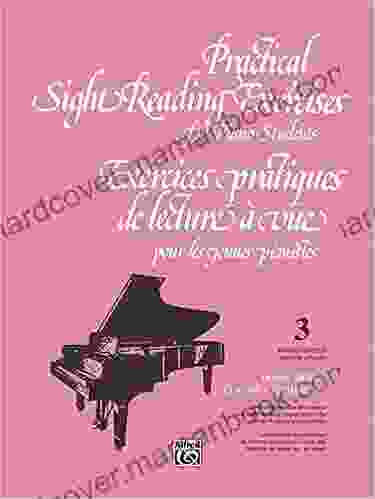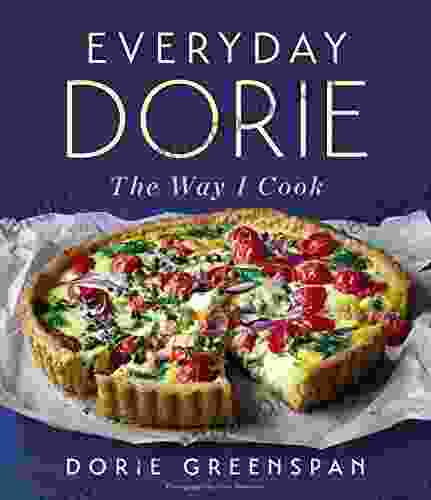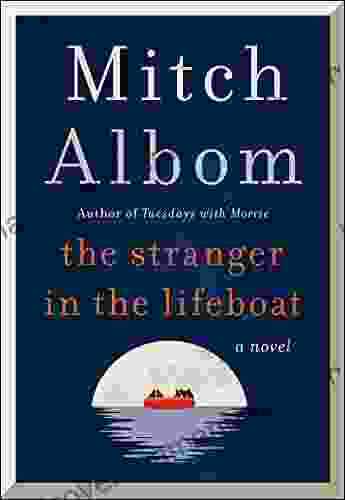Practical Sight Reading Exercises For Piano Students: A Comprehensive Guide

Sight reading is a crucial skill for any pianist, allowing them to fluently perform unfamiliar music at first sight. Regular practice is essential for developing this ability, and sight reading exercises can help students improve their fluency, accuracy, and overall musicality. This article explores practical sight reading exercises for piano students, providing guidance on technique, strategies, and helpful resources.
Understanding Sight Reading
Sight reading is the ability to play musical notation without prior preparation. It involves rapidly deciphering notes, rhythms, and other musical symbols, and translating them into a fluid performance. This skill requires both technical proficiency and musical understanding, making it a challenging yet rewarding pursuit for piano students.
4.2 out of 5
| Language | : | English |
| File size | : | 2995 KB |
| Text-to-Speech | : | Enabled |
| Screen Reader | : | Supported |
| Print length | : | 20 pages |
Benefits of Sight Reading Practice
Regular sight reading practice offers numerous benefits for piano students, including:
* Enhanced Music Reading Fluency: Sight reading exercises train the eyes and brain to quickly recognize and interpret musical notation, leading to improved reading speed and accuracy. * Sharpened Note Recognition: Constant exposure to new musical symbols during sight reading practice strengthens the student's ability to identify notes effortlessly, even in unfamiliar keys. * Improved Rhythm and Timing: Reading unfamiliar rhythms and interpreting them while playing develops the student's rhythmic accuracy and sense of timing. * Increased Confidence: Successfully sight reading new pieces boosts the student's confidence in their musical abilities and encourages them to tackle more challenging music. * Enhanced Musical Understanding: Sight reading exposes students to a wide range of musical styles and composers, broadening their musical knowledge and appreciation.
Practical Sight Reading Exercises
Incorporating dedicated sight reading exercises into practice routines is pivotal for progress. Here are a few practical exercises:
1. Start with Simple Pieces:
Begin with accessible material that is slightly below the student's current skill level. This helps build confidence and provides a foundation for gradually tackling more challenging pieces.
2. Timed Sight Reading:
Set a timer for a specific duration, such as one or two minutes, and challenge the student to play through an unfamiliar piece. This practice simulates the pressure of a performance setting and encourages focused concentration.
3. Error Correction:
After an initial sight reading attempt, have the student identify and correct any errors. This encourages self-assessment and reinforces correct playing habits.
4. Interval Recognition:
Present short musical excerpts featuring specific intervals, such as thirds or fifths, and ask the student to identify them while playing. This improves interval recognition and facilitates accurate interpretation.
5. Rhythmic Dictation:
Play simple rhythmic patterns and ask the student to clap or sing them back, without using musical notation. This strengthens rhythmic comprehension and enhances sight reading fluency.
6. Gradual Increase in Difficulty:
As the student progresses, gradually increase the complexity of the sight reading material to challenge their abilities and promote growth.
Helpful Resources
Various resources can assist in sight reading practice:
* Sight Reading Workbooks: Workbooks specifically designed for sight reading practice provide a structured approach with exercises tailored to different levels. * Music Apps: Many apps offer sight reading exercises and games, making practice accessible and interactive. * Online Resources: Websites and online platforms provide access to a vast collection of sight reading materials, ranging from beginner to advanced levels. * Piano Teachers: An experienced piano teacher can guide students through sight reading exercises, provide feedback, and monitor progress.
Tips for Effective Practice
To maximize the benefits of sight reading practice, consider these tips:
* Set Realistic Goals: Avoid overwhelming yourself with excessively challenging material. Set achievable goals and gradually progress to more difficult pieces. * Practice Regularly: Consistency is key. Dedicate regular practice time to sight reading, even for short durations. * Focus on Accuracy First: Aim for accuracy rather than speed initially. Correctly playing the notes and rhythms will build a solid foundation for fluency later. * Analyze the Music: Before playing, take a moment to analyze the piece. Determine the key, meter, tempo, and any potential technical challenges. * Use a Metronome: Using a metronome helps maintain a steady tempo and improves rhythmic accuracy. * Seek Feedback: If possible, share your sight reading attempts with a teacher or experienced pianist for constructive criticism and guidance.
Sight reading is an essential skill that empowers piano students to expand their musical repertoire and unlock countless opportunities. Through dedicated practice with practical sight reading exercises, students can develop fluency, accuracy, and confidence. By utilizing the resources and tips provided in this article, piano students can enhance their sight reading abilities and embark on a rewarding journey of musical exploration.
4.2 out of 5
| Language | : | English |
| File size | : | 2995 KB |
| Text-to-Speech | : | Enabled |
| Screen Reader | : | Supported |
| Print length | : | 20 pages |
Do you want to contribute by writing guest posts on this blog?
Please contact us and send us a resume of previous articles that you have written.
 Top Book
Top Book Novel
Novel Fiction
Fiction Nonfiction
Nonfiction Literature
Literature Paperback
Paperback Hardcover
Hardcover E-book
E-book Audiobook
Audiobook Bestseller
Bestseller Classic
Classic Mystery
Mystery Thriller
Thriller Romance
Romance Fantasy
Fantasy Science Fiction
Science Fiction Biography
Biography Memoir
Memoir Autobiography
Autobiography Poetry
Poetry Drama
Drama Historical Fiction
Historical Fiction Self-help
Self-help Young Adult
Young Adult Childrens Books
Childrens Books Graphic Novel
Graphic Novel Anthology
Anthology Series
Series Encyclopedia
Encyclopedia Reference
Reference Guidebook
Guidebook Textbook
Textbook Workbook
Workbook Journal
Journal Diary
Diary Manuscript
Manuscript Folio
Folio Pulp Fiction
Pulp Fiction Short Stories
Short Stories Fairy Tales
Fairy Tales Fables
Fables Mythology
Mythology Philosophy
Philosophy Religion
Religion Spirituality
Spirituality Essays
Essays Critique
Critique Commentary
Commentary Glossary
Glossary Bibliography
Bibliography Index
Index Table of Contents
Table of Contents Preface
Preface Introduction
Introduction Foreword
Foreword Afterword
Afterword Appendices
Appendices Annotations
Annotations Footnotes
Footnotes Epilogue
Epilogue Prologue
Prologue Nobody You Ve Heard Of
Nobody You Ve Heard Of Richard Benson
Richard Benson Karla Cornejo Villavicencio
Karla Cornejo Villavicencio Irene Christodoulou
Irene Christodoulou Miyamoto Musashi
Miyamoto Musashi Drew Lindsay
Drew Lindsay Evan Hundhausen
Evan Hundhausen Sandra Harris
Sandra Harris Greg Green
Greg Green Lorenzo Bernini
Lorenzo Bernini Susan Kramer
Susan Kramer Paula Polk Lillard
Paula Polk Lillard Stephanie Land
Stephanie Land Ethan Kind
Ethan Kind Hannah Howell
Hannah Howell Marcus Patrick Rehberg
Marcus Patrick Rehberg Sean Rubin
Sean Rubin Rick Austin
Rick Austin Terra Weiss
Terra Weiss Cedric Kelly
Cedric Kelly
Light bulbAdvertise smarter! Our strategic ad space ensures maximum exposure. Reserve your spot today!
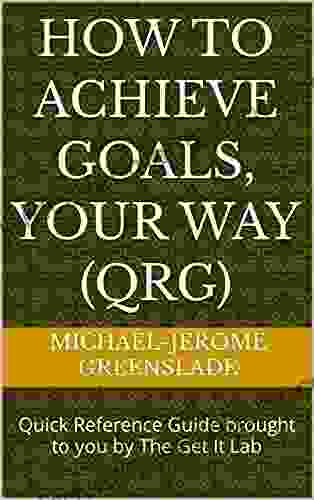
 Samuel WardMaster Your Customer Interactions with the Quick Reference Guide from The Get...
Samuel WardMaster Your Customer Interactions with the Quick Reference Guide from The Get...
 Chuck MitchellUnveiling the Secrets of the Atlantean Artifact: A Journey into the Harvey...
Chuck MitchellUnveiling the Secrets of the Atlantean Artifact: A Journey into the Harvey... Stan WardFollow ·7.9k
Stan WardFollow ·7.9k Herman MelvilleFollow ·18.4k
Herman MelvilleFollow ·18.4k Edgar HayesFollow ·5.6k
Edgar HayesFollow ·5.6k Bryce FosterFollow ·4.4k
Bryce FosterFollow ·4.4k Sidney CoxFollow ·18.7k
Sidney CoxFollow ·18.7k Caleb CarterFollow ·15.8k
Caleb CarterFollow ·15.8k Ira CoxFollow ·9.9k
Ira CoxFollow ·9.9k Wesley ReedFollow ·10k
Wesley ReedFollow ·10k
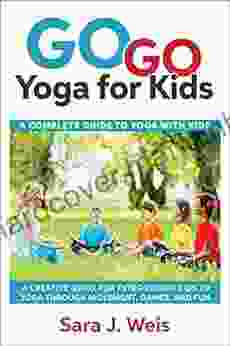
 Eugene Powell
Eugene PowellComplete Guide to Using Yoga With Kids: Benefits, Tips,...
Yoga is an ancient practice that has been...
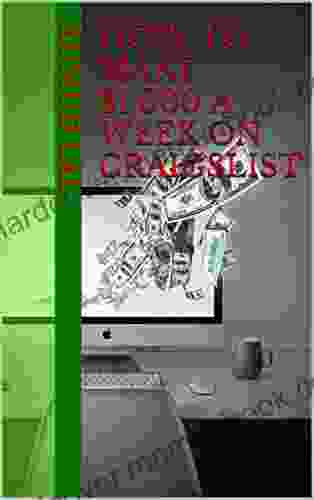
 Benji Powell
Benji PowellHow to Make $000 Per Week on Craigslist
Are you looking for a way to make extra money...

 Gabriel Garcia Marquez
Gabriel Garcia MarquezGrocery Row Gardening: The Exciting New Permaculture...
Kick-start your gardening journey with the...

 Hayden Mitchell
Hayden MitchellUnveiling the Gripping World of Winterwood: Ben Hood...
In the annals of crime thrillers, the...
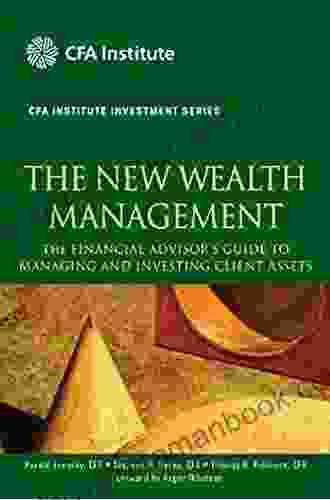
 E.M. Forster
E.M. ForsterThe Financial Advisor Guide To Managing and Investing...
As a financial...
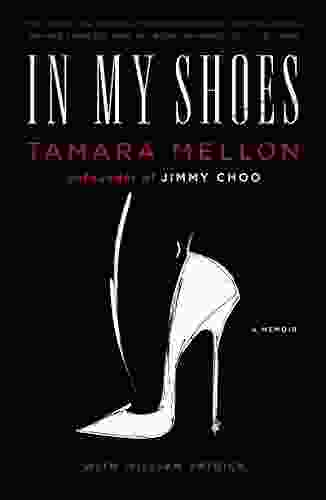
 Lee Simmons
Lee SimmonsIn My Shoes Memoir: A Poignant Journey of Resilience,...
In the tapestry of life, adversity often...
4.2 out of 5
| Language | : | English |
| File size | : | 2995 KB |
| Text-to-Speech | : | Enabled |
| Screen Reader | : | Supported |
| Print length | : | 20 pages |


